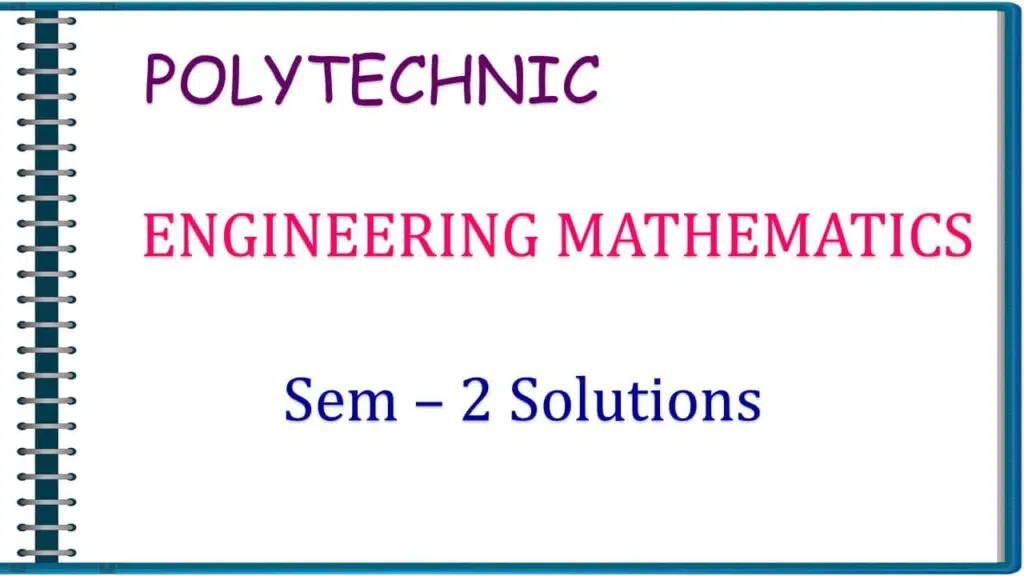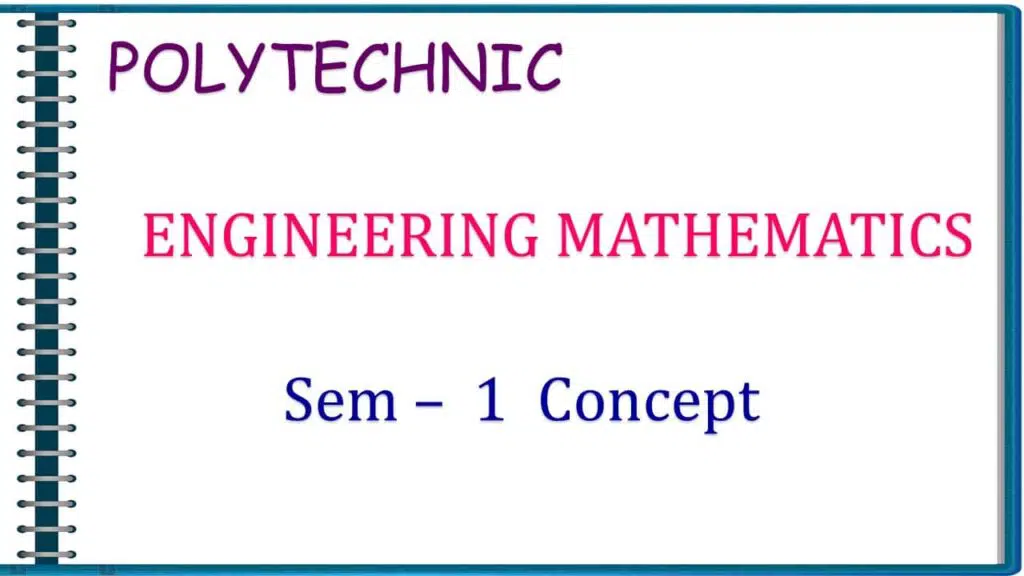Power point Presentations
Powerpoint presentations Powerpoint About a Presentation? A communication device that relays a topic to an audience in the form of a slide show, a demonstration, a lecture or a speech where words and pictures intend to complement each other. Different Types of PPT Presentations: 1) Informative Presentations 2) Instructive Presentations 3) Persuasive Presentations 4) Motivational […]





